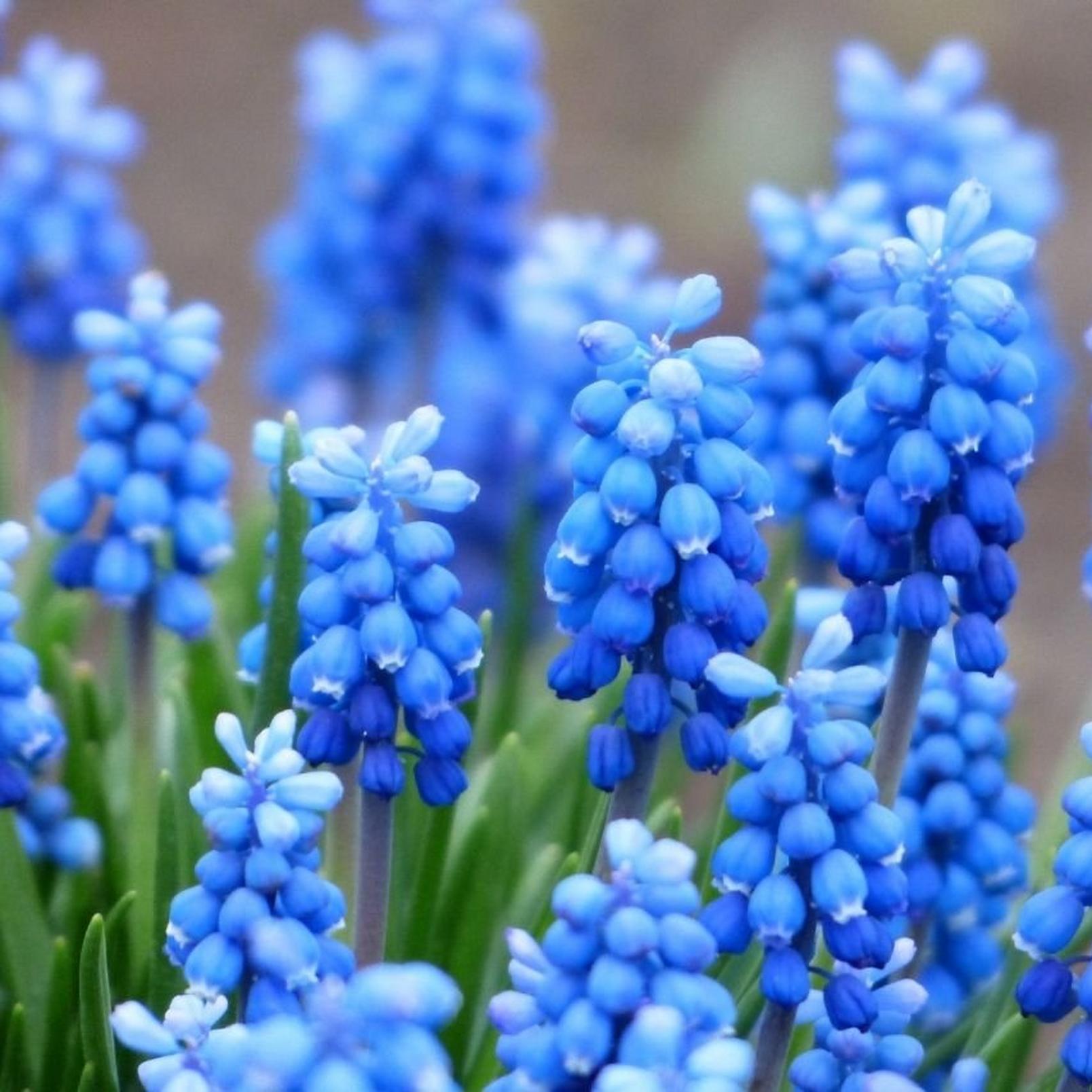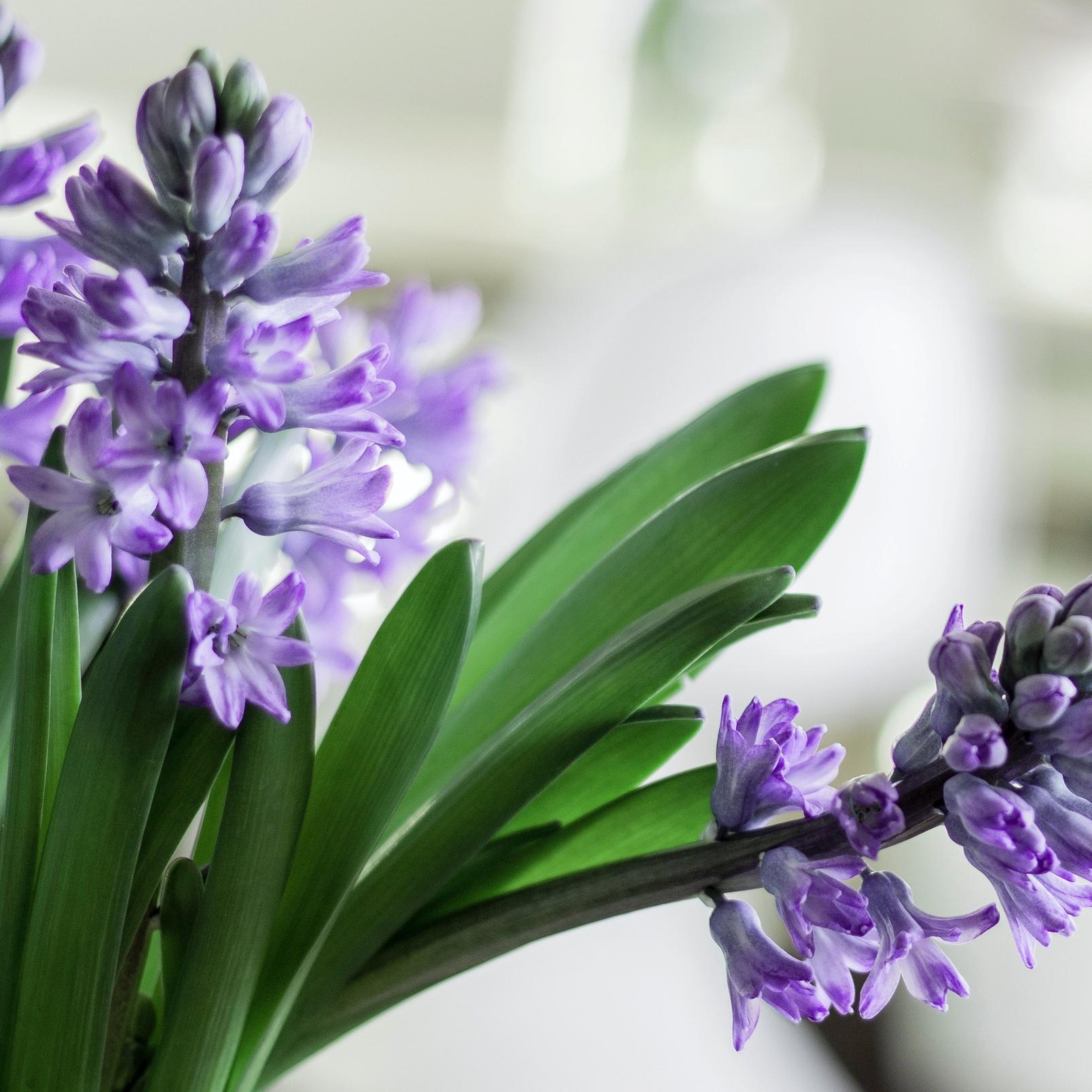flowernames
What’s in a name? Well, in the world of flowers, quite a lot. We know that flowers are said to have different meanings, and using flower names for girls and boys has been around for centuries. Each flower has a fascinating story and origin, so read on and find out how your favourite bloom earned its name – and how certain flower names have become more popular.
Popular Flower Names
First, let’s start with flower names for girls. Choosing a floral inspired name has always been popular - many believe it’s all down to the fact that a connection with nature inspires positivity. Whether that’s true or not, what we do know is that trends in naming our children after flora and fauna is not showing any danger of disappearing either - in the list of top 10 girl’s names for last year, two of them were nature inspired.
Let’s run you through some of our favourite flower names for girls.
Lily

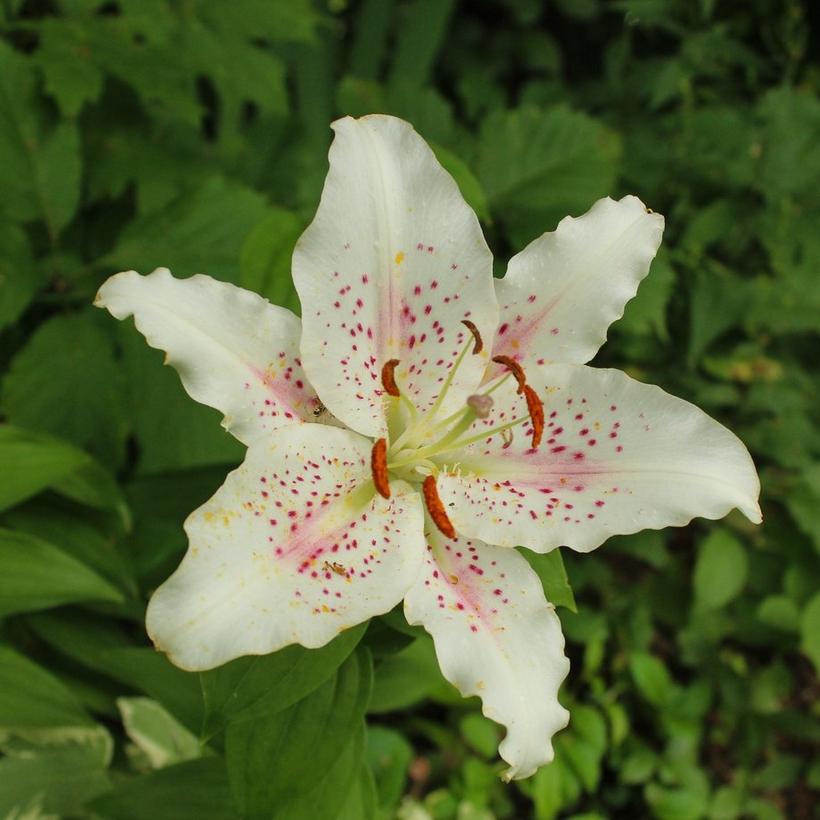
Rose


Holly
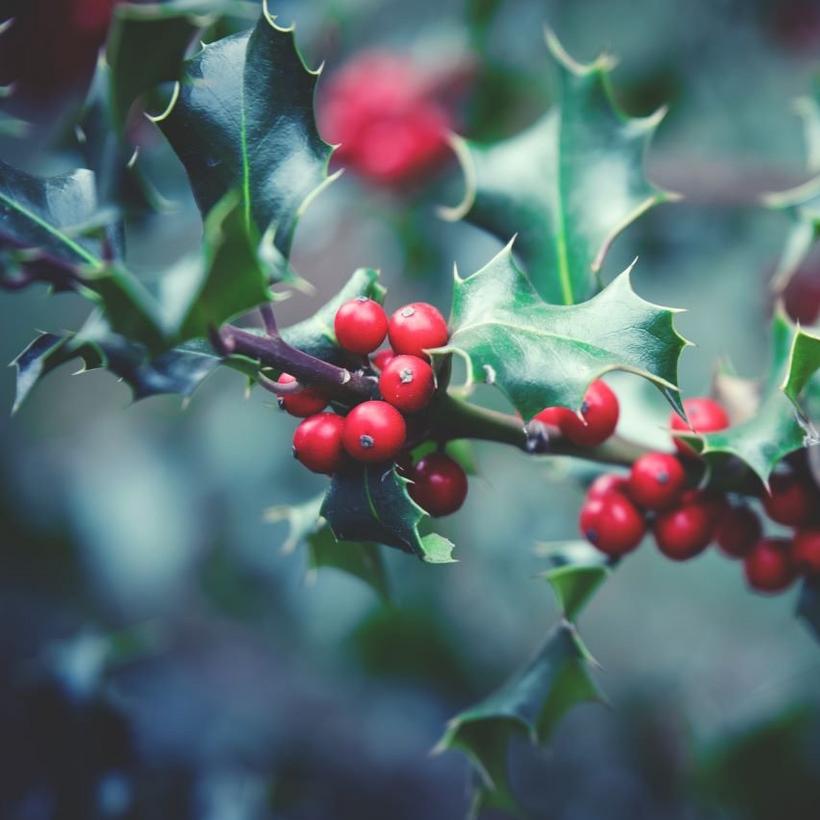
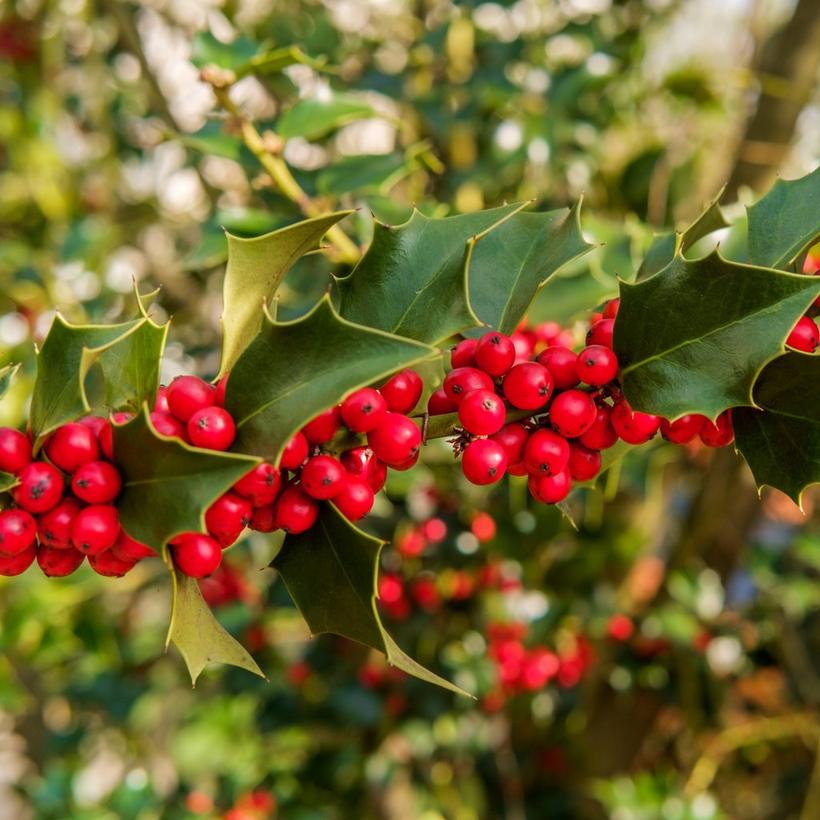
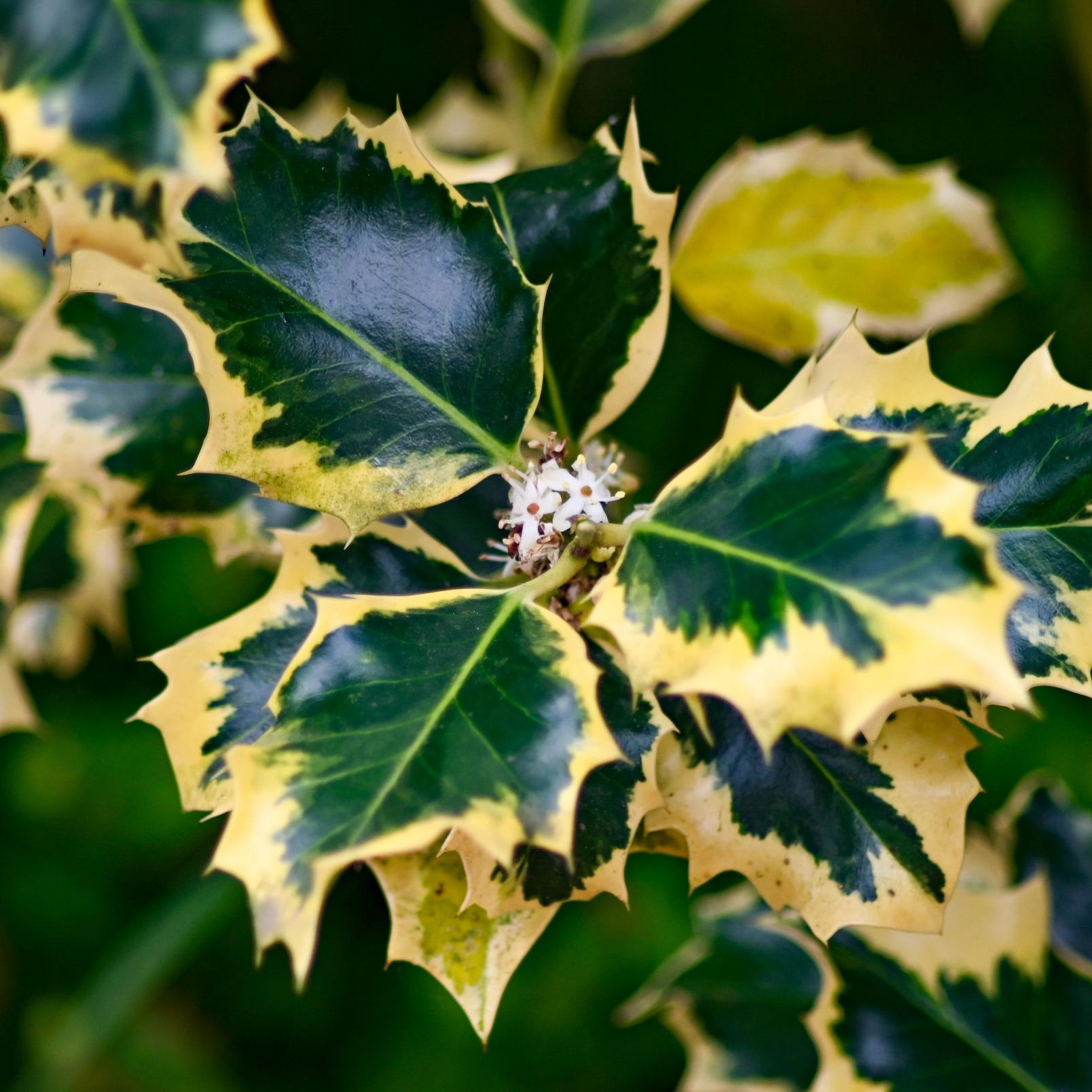
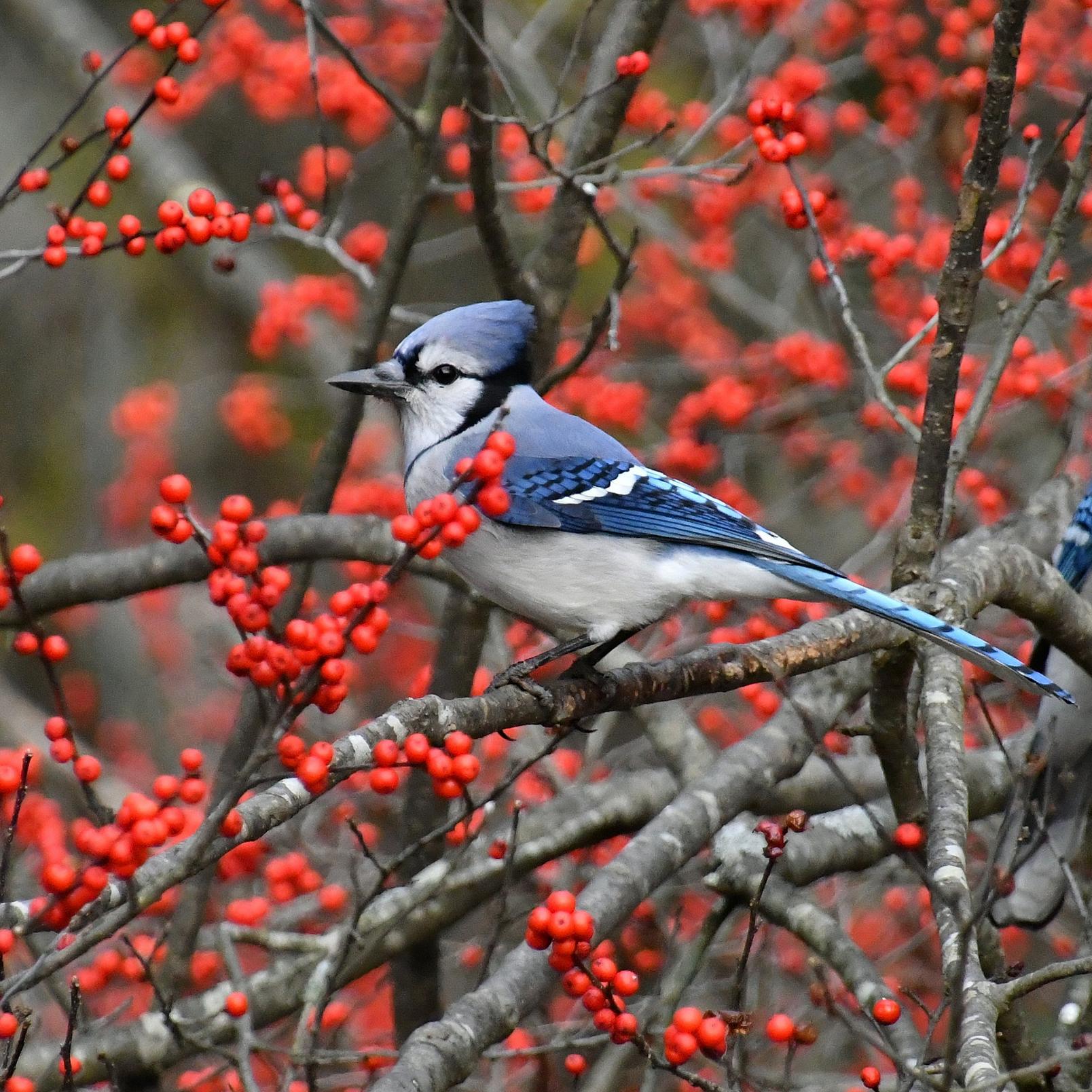
Ivy
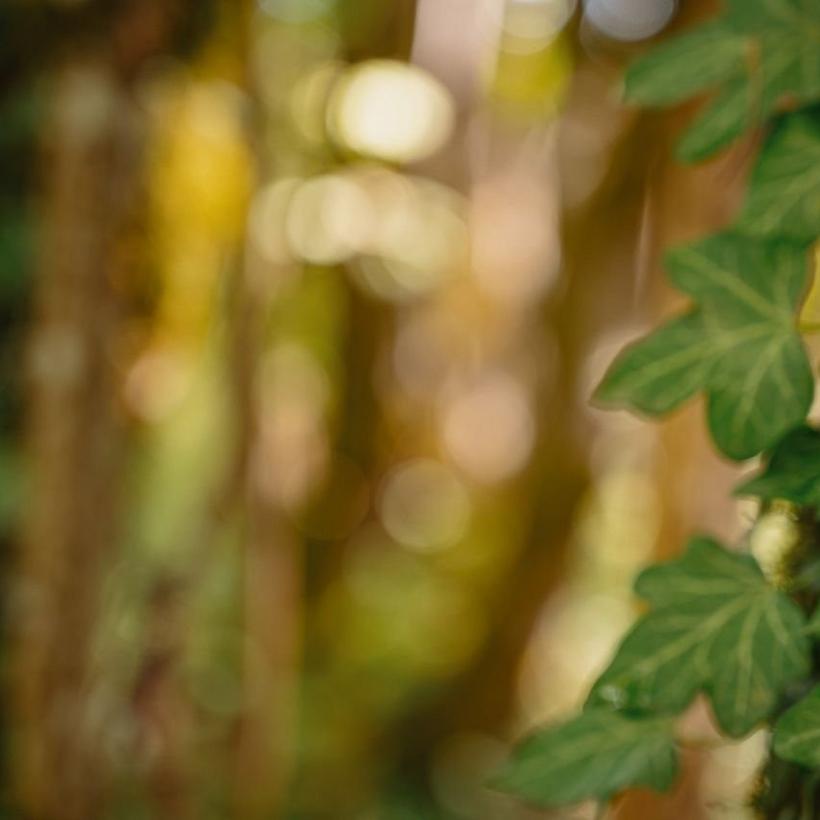
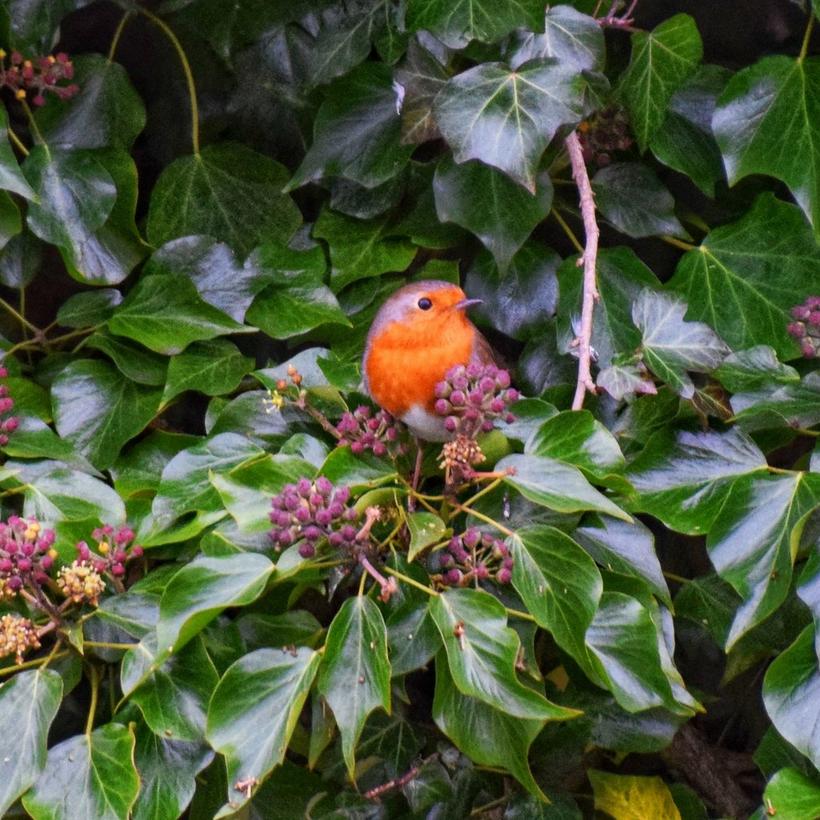
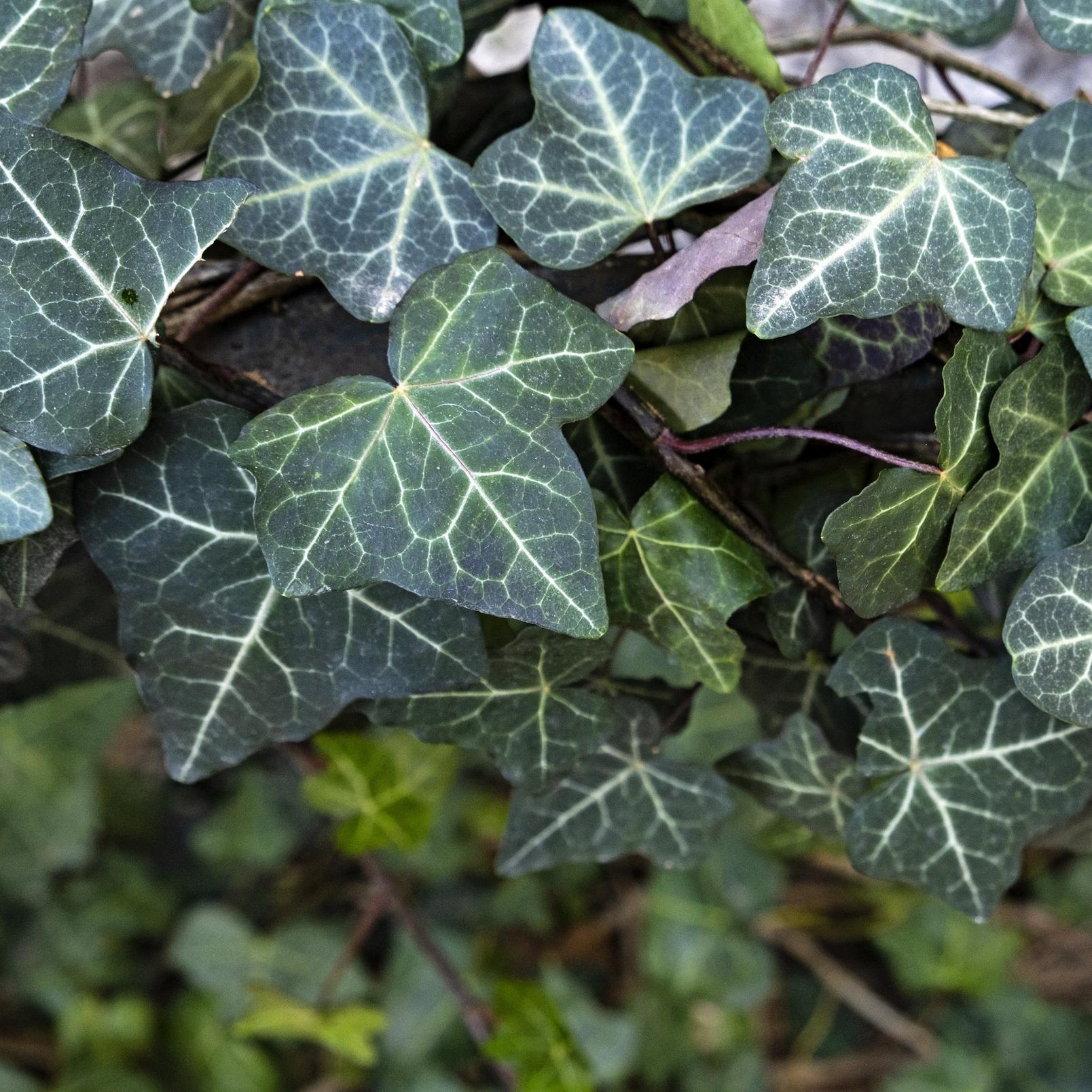
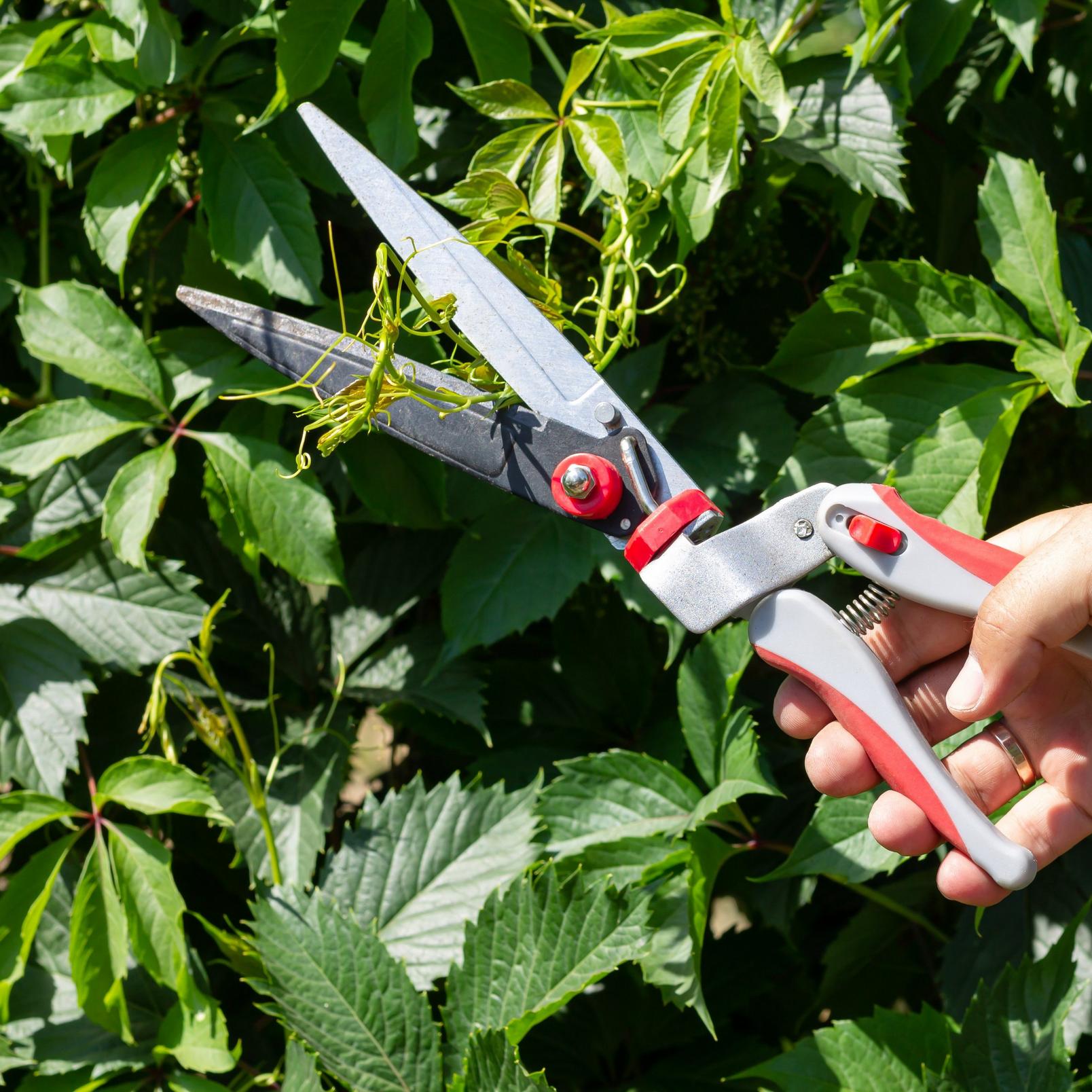
Jasmine

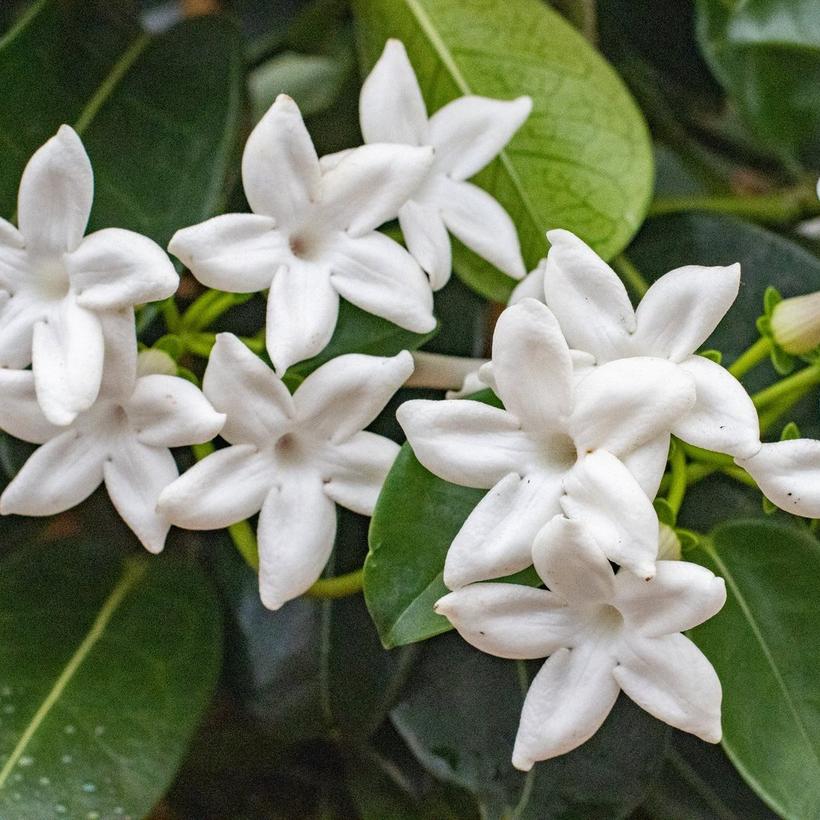
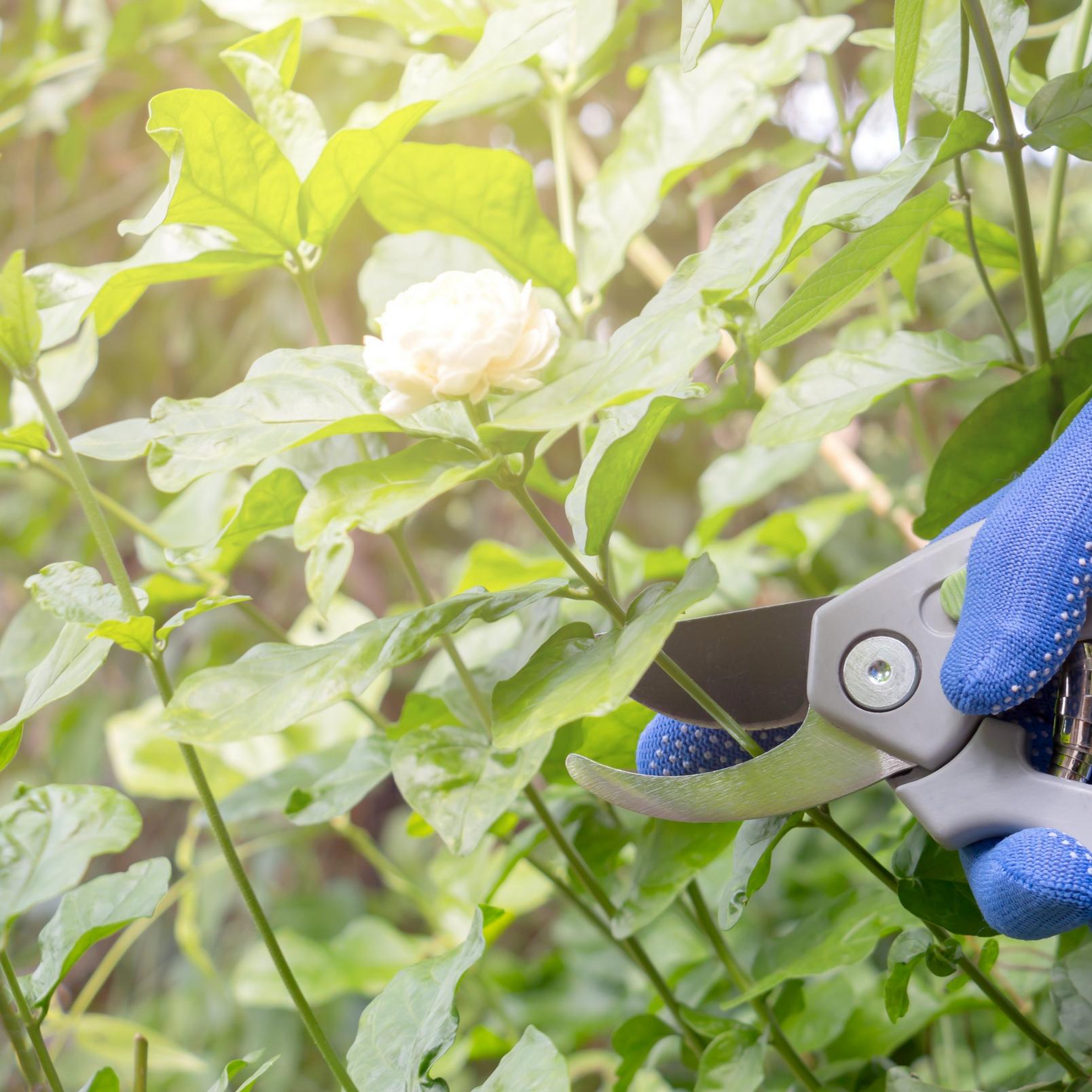
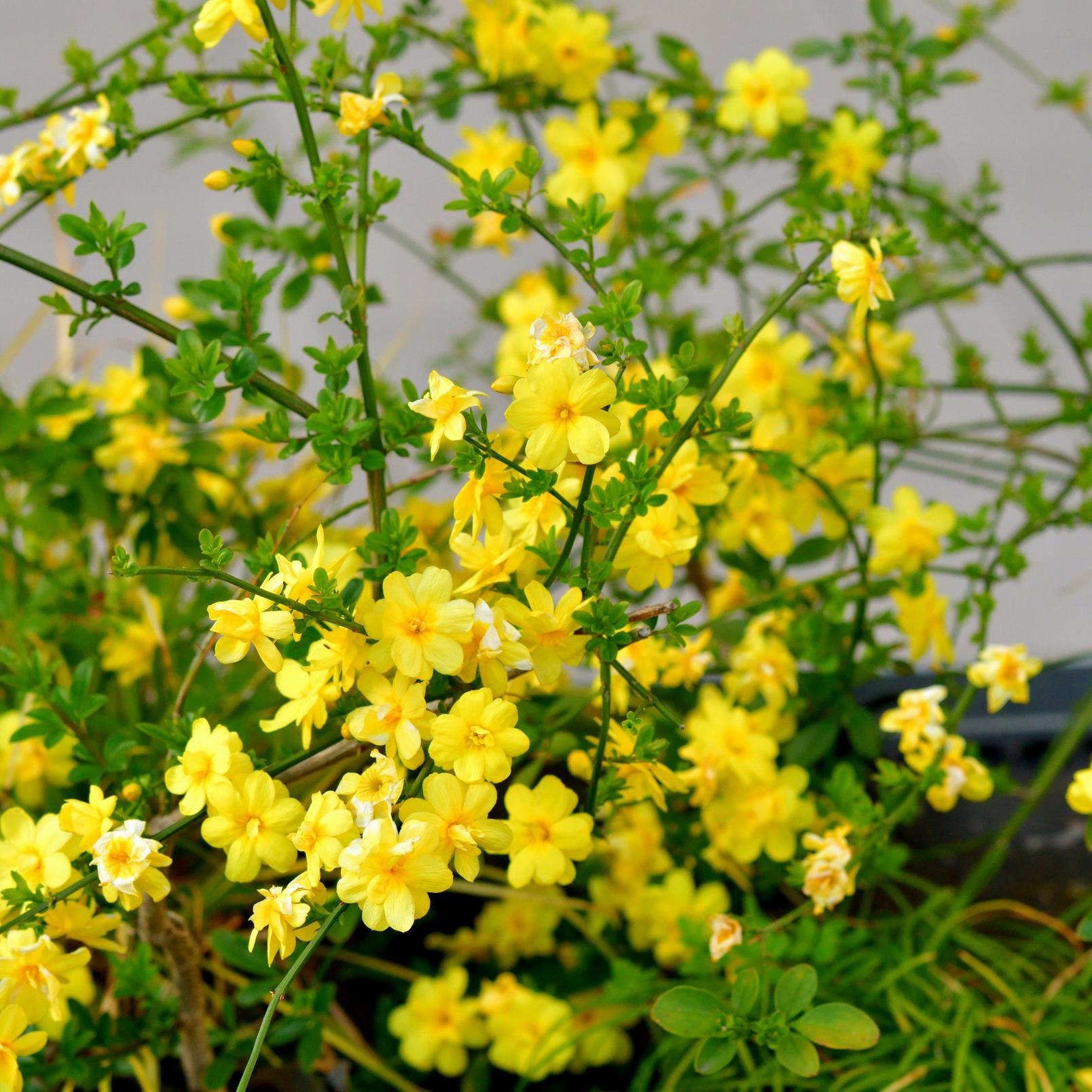
Poppy
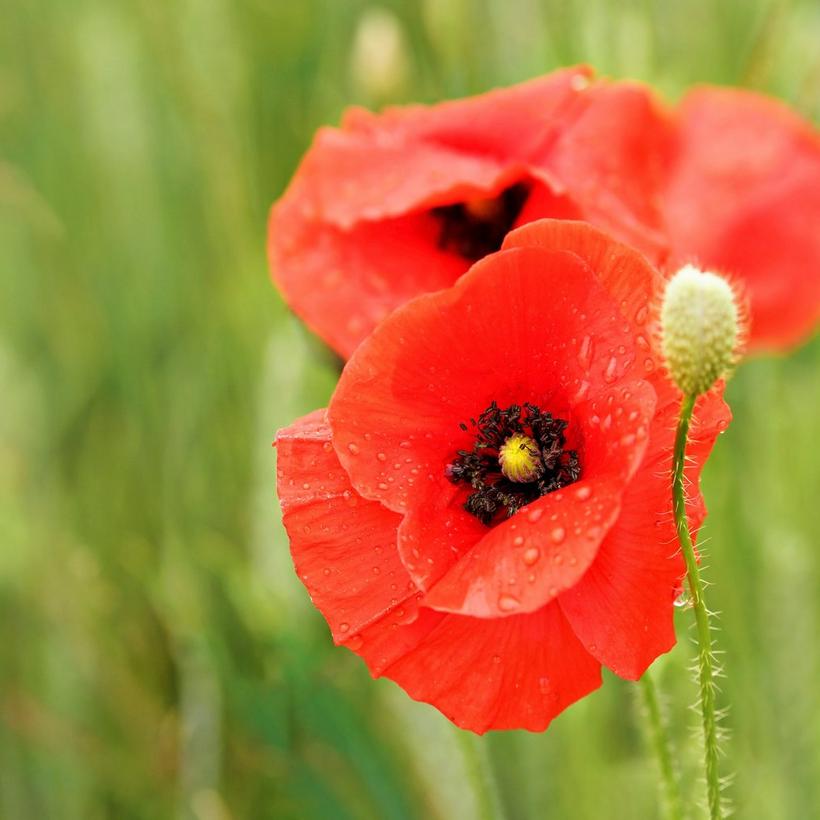
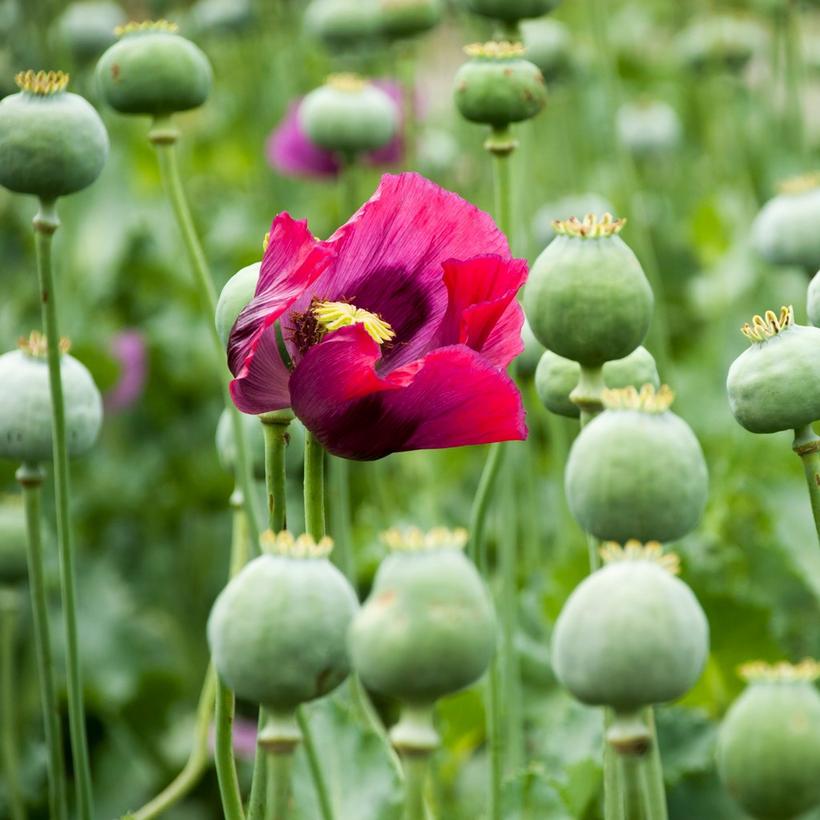
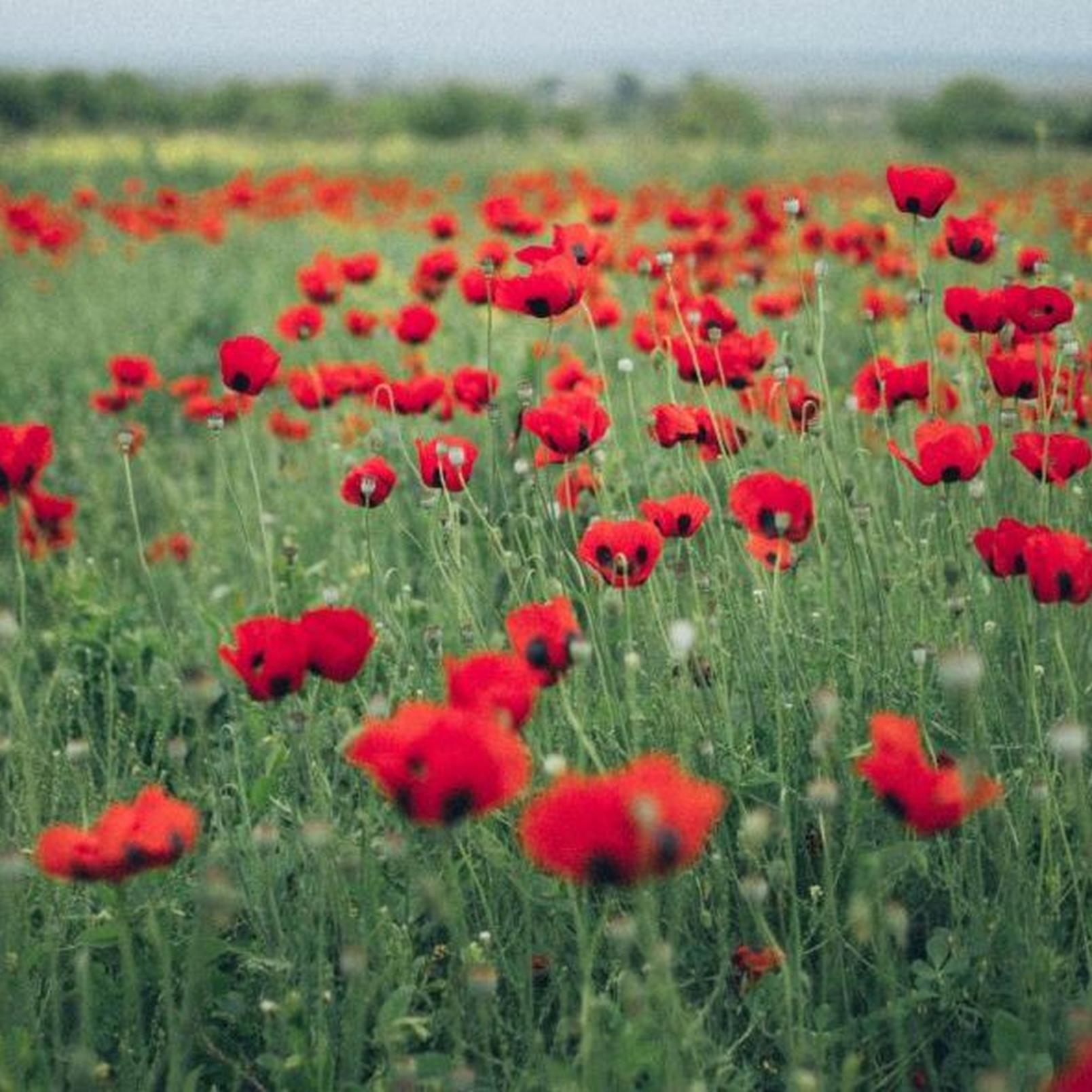
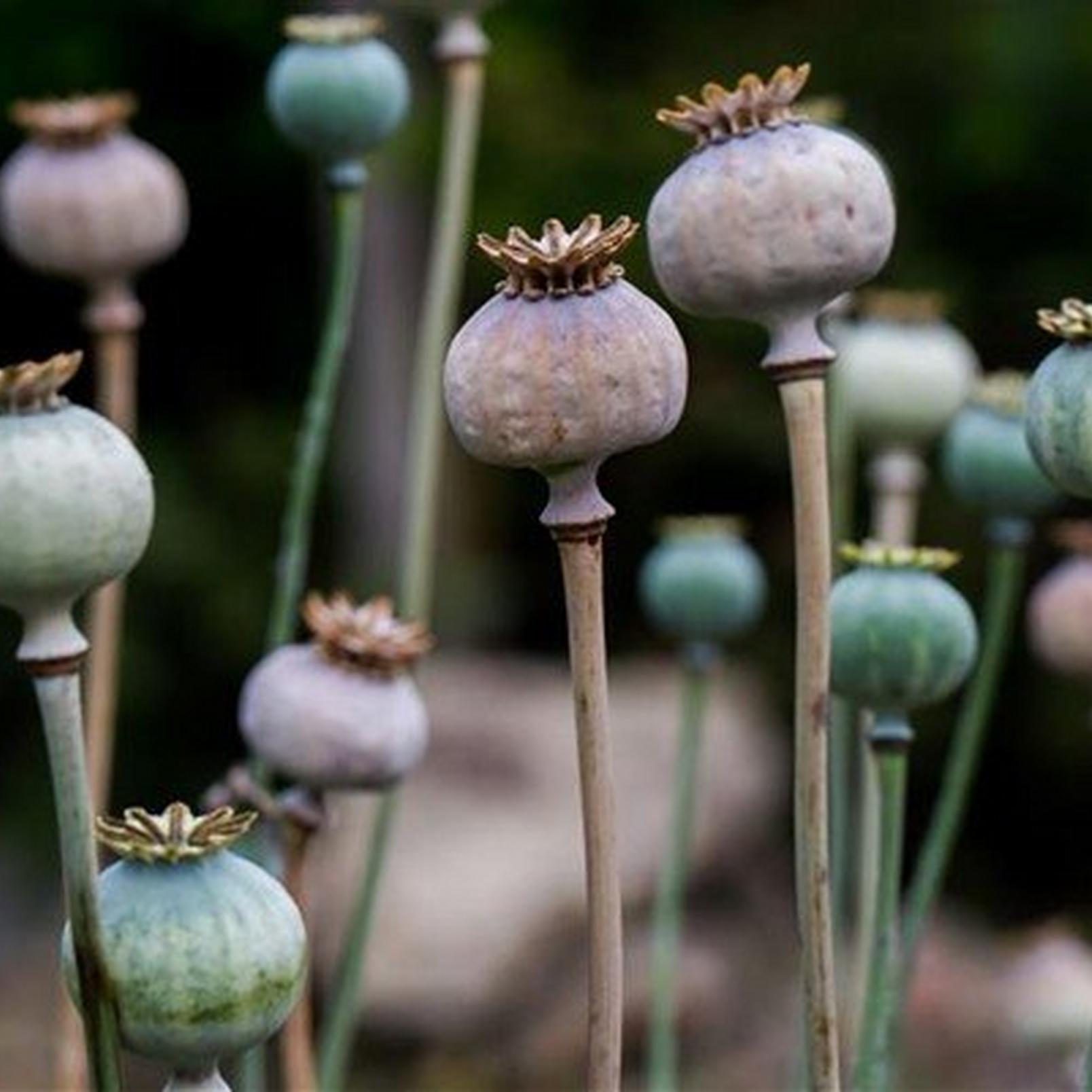
Unique Flower Names
Looking for a slightly unusual flower name? You’re in luck, there are plenty of new entries coming into play that work really well.
Azalea

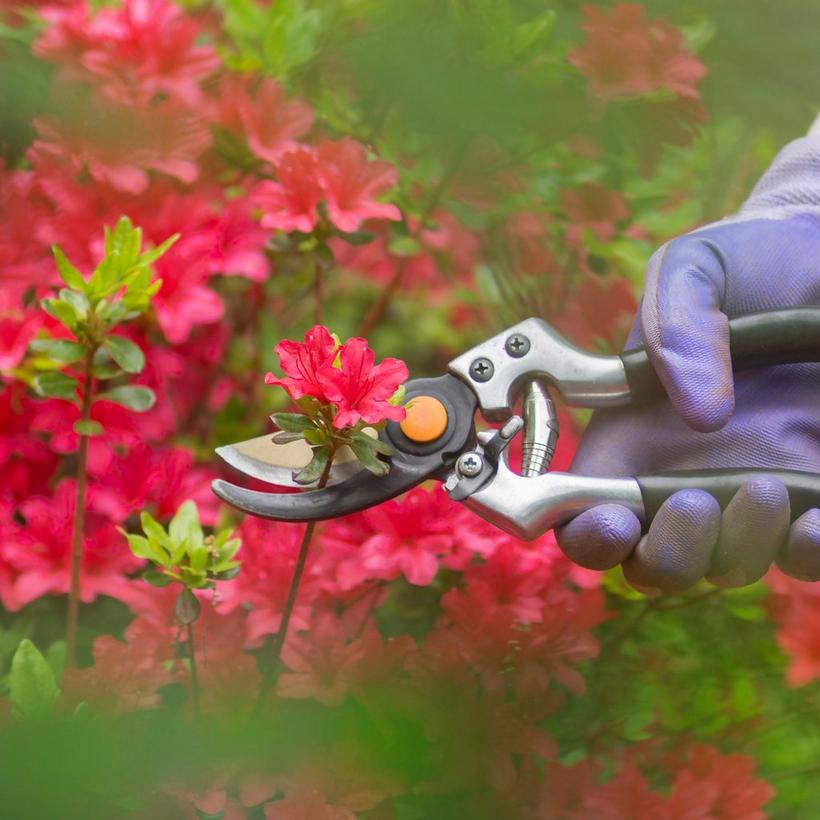
Dahlia
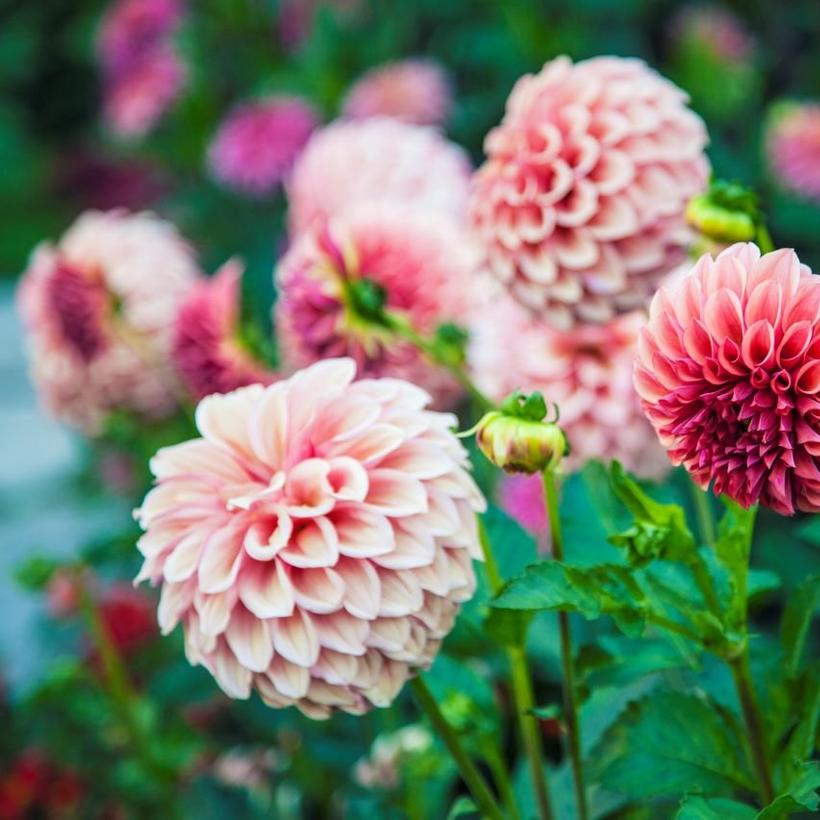
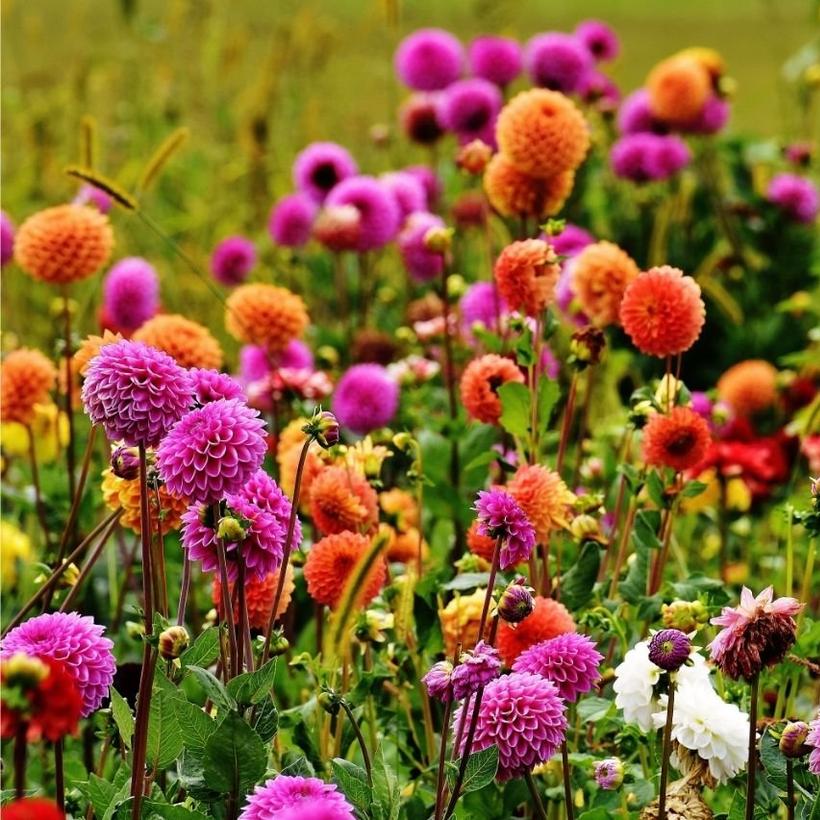
Zinnia
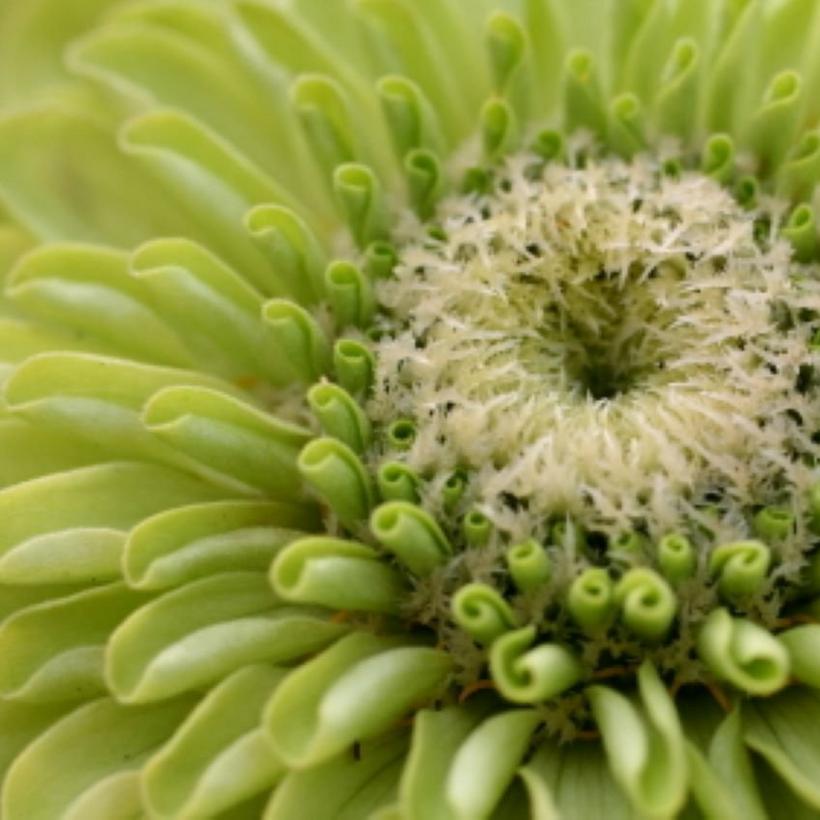
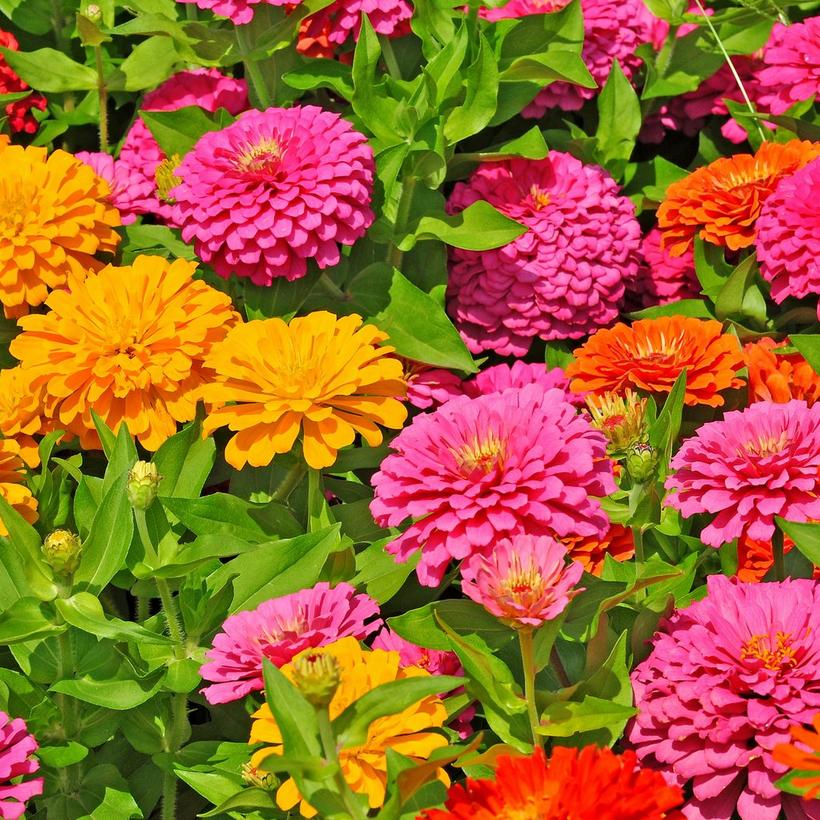
Amaryllis
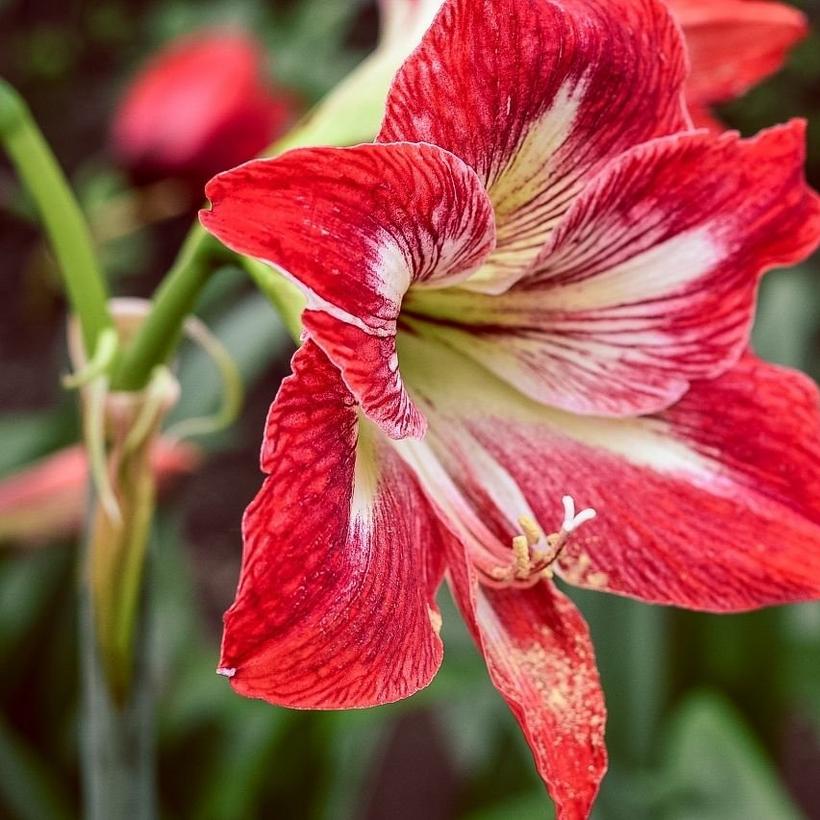
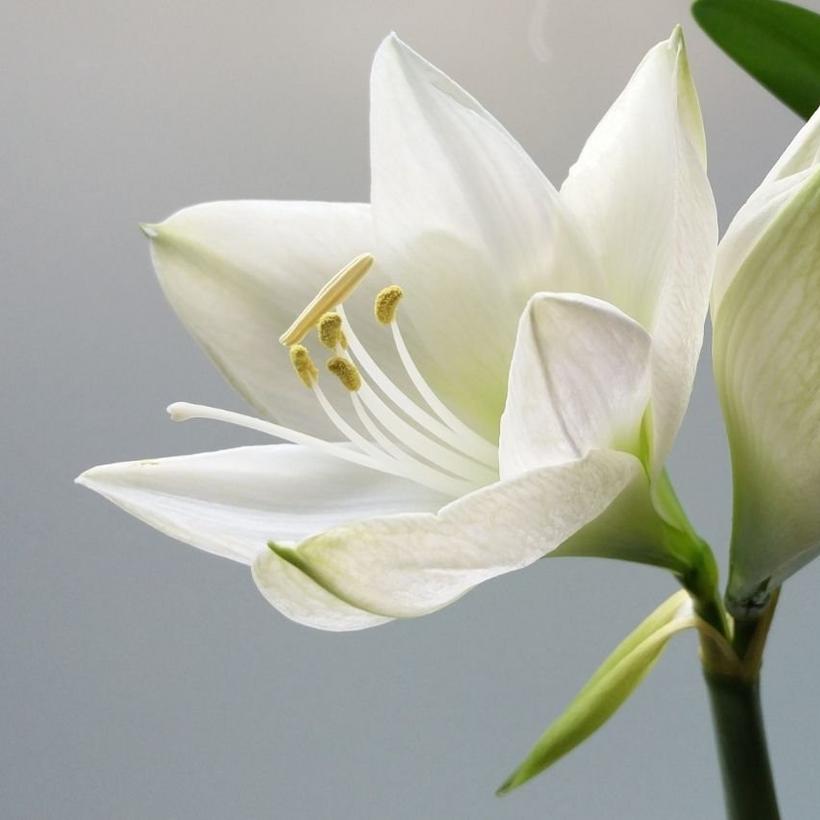
Other unique flower names
Now for the names that hardly anyone in the UK chose in 2021 (they are more common in other countries). You could go for Gardenia; deriving from a beautiful plant that smells amazing with showy flowers. Or Anemone which comes from the Greek for ‘windflower’ because the delicate blooms are blown open by the wind.
If you love nature-based names, it’s probably best to stop when you start coming across the incredibly unusual ones. Options such as Sneezeweed, Cat’s Whiskers or even the slightly rude Bastard Toadflax are definitely a no go for a delicate new born. Before you ask, yes these really are the real names for plants and flowers (but hopefully not children!).
Common Flower Names & Their Origins
Flowers are a universal language, with cultures worldwide attributing special meanings to the way they're gifted, arranged and even displayed in your home. Floriography, the art of using bouquets and blooms to express your feelings, adds another layer of confusion to the wonder of florals but perhaps the most common misunderstanding comes from every day versus scientific naming of our favourite blossoms.
Interestingly, the botanical name is usually made of two words. The first is the genus and indicates the group the plant belongs to while the second describes a feature of the flower. Put them together and ta-da, you’ve got a unique name.
Flowers with names generally have more than one we use to refer to them by, but florists and fans alike often use their common monikers - after all, how many times have you been the recipient of a lovely bunch of dianthus? You might be surprised: that's the scientific name of the carnation, one of the nation's favourite flowering plants.
We've explored your most popular picks for bouquets to discover the differences between the scientific and common names for these famous flowers - you might be surprised to discover the origins of your must-have blooms
Daffodil
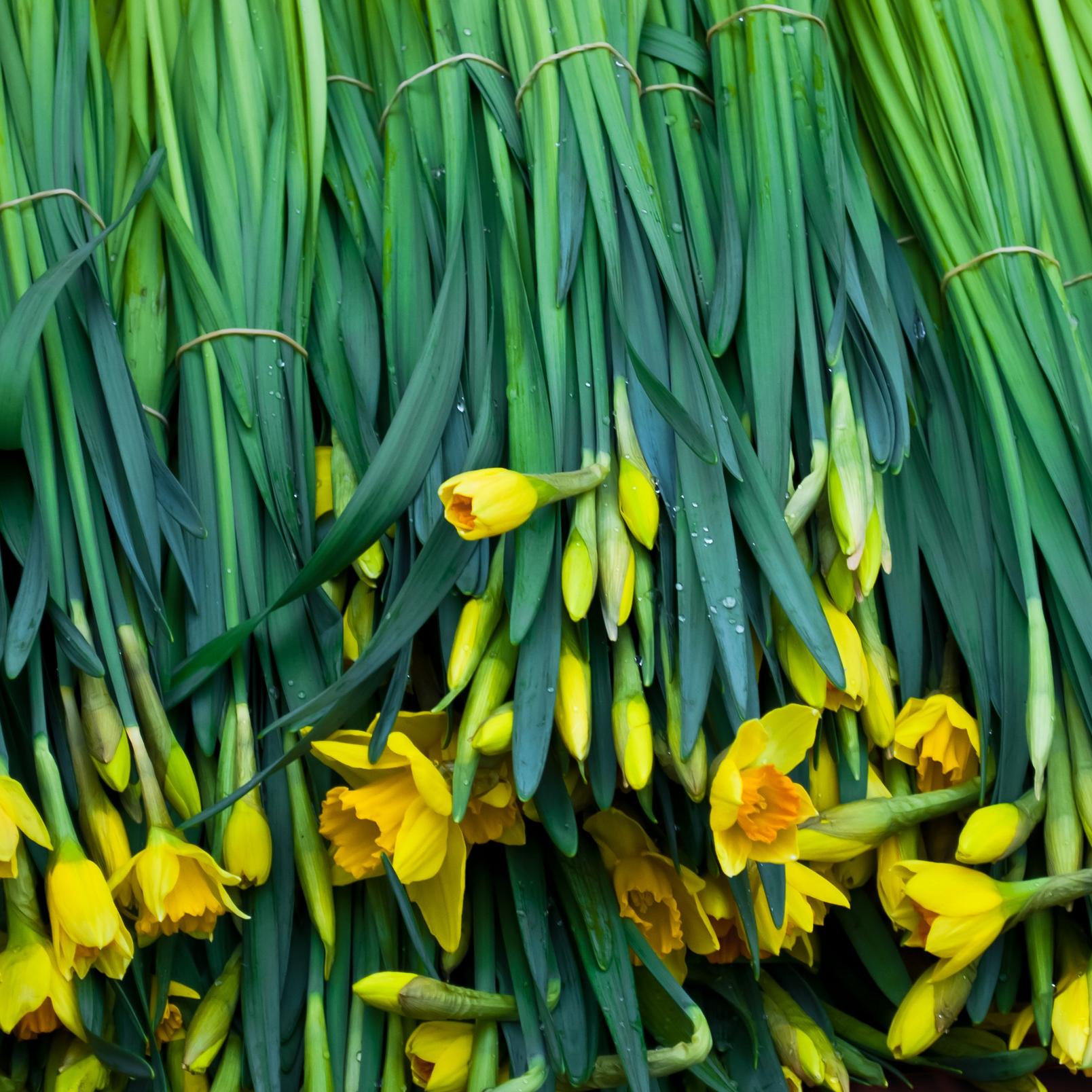

Dahlia
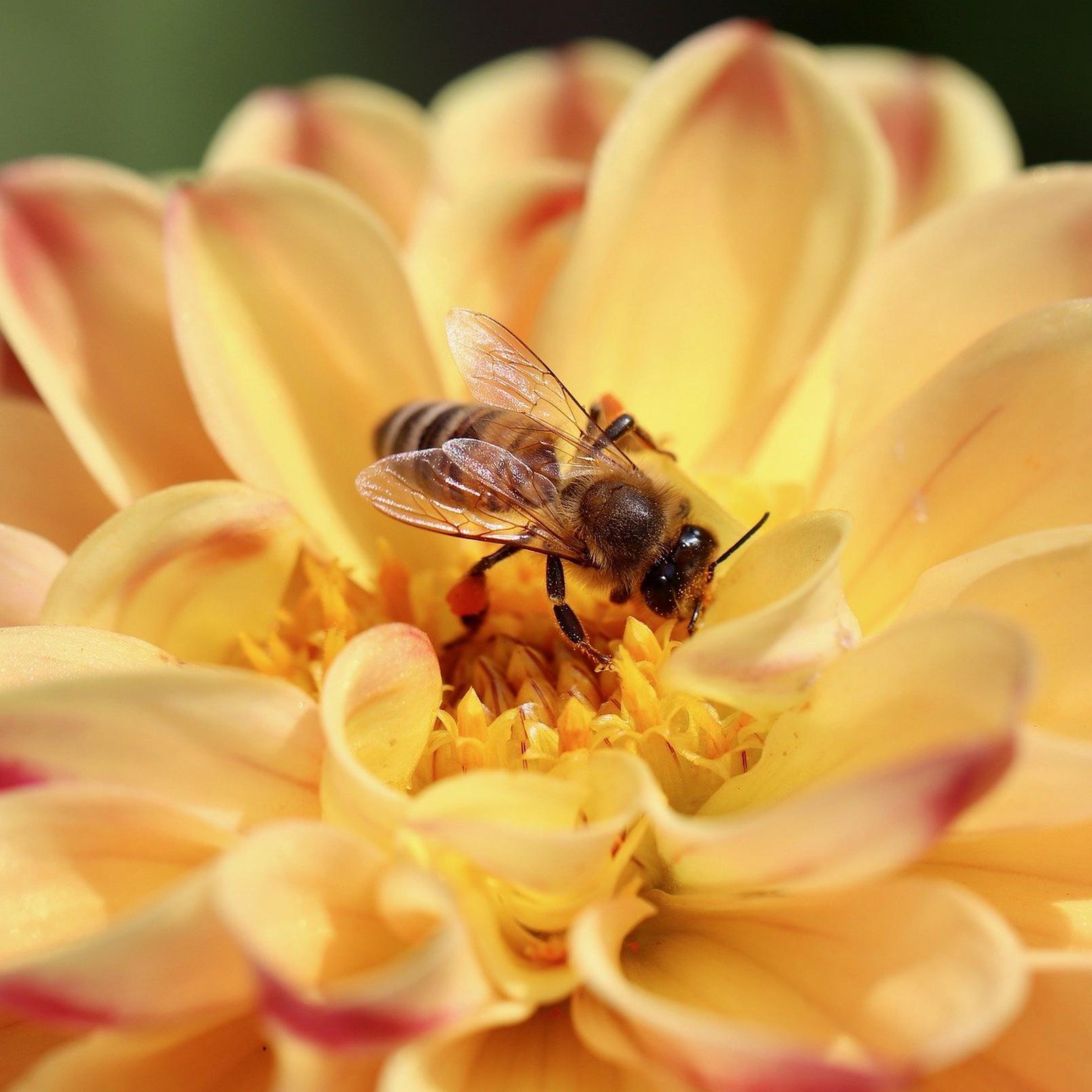
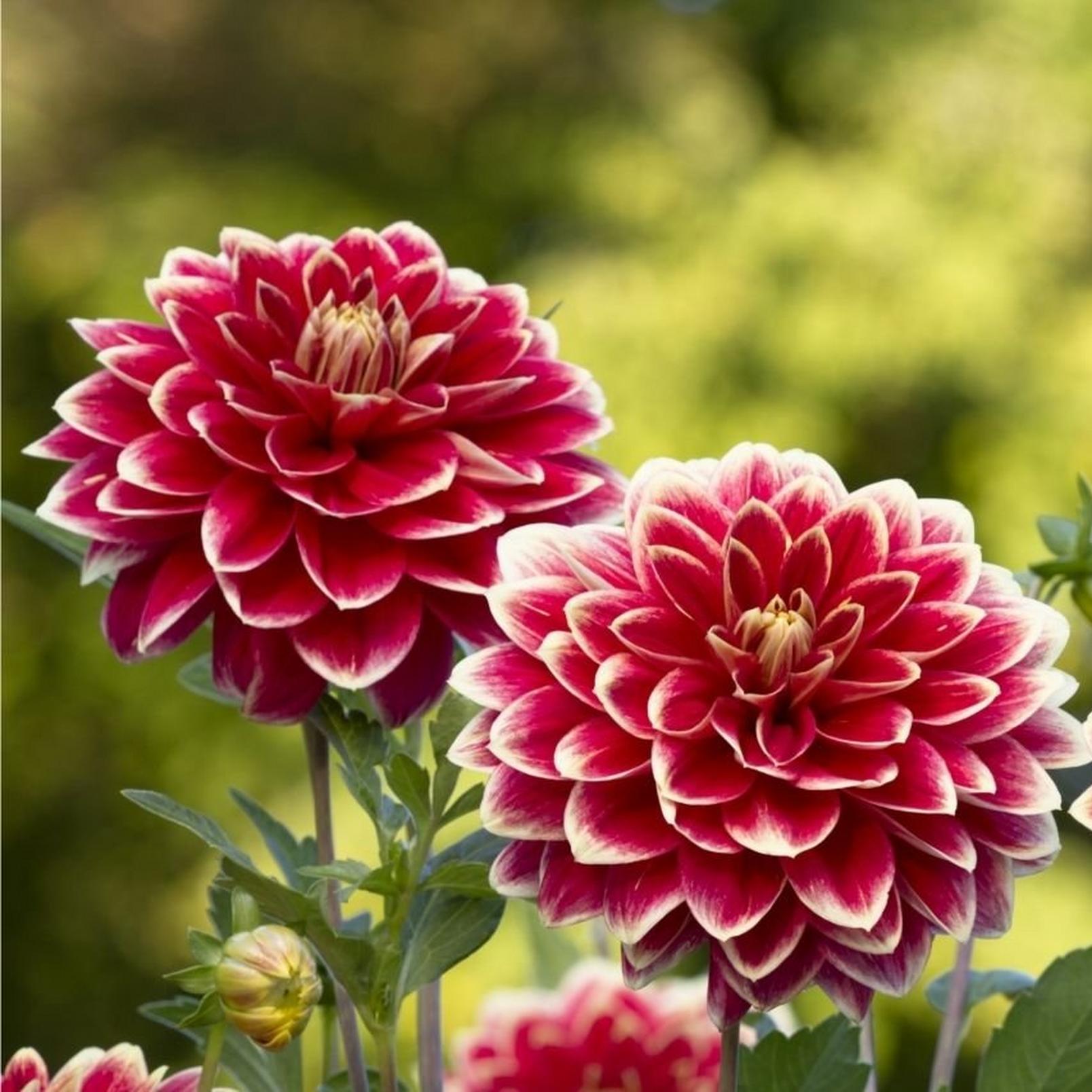
Tulip
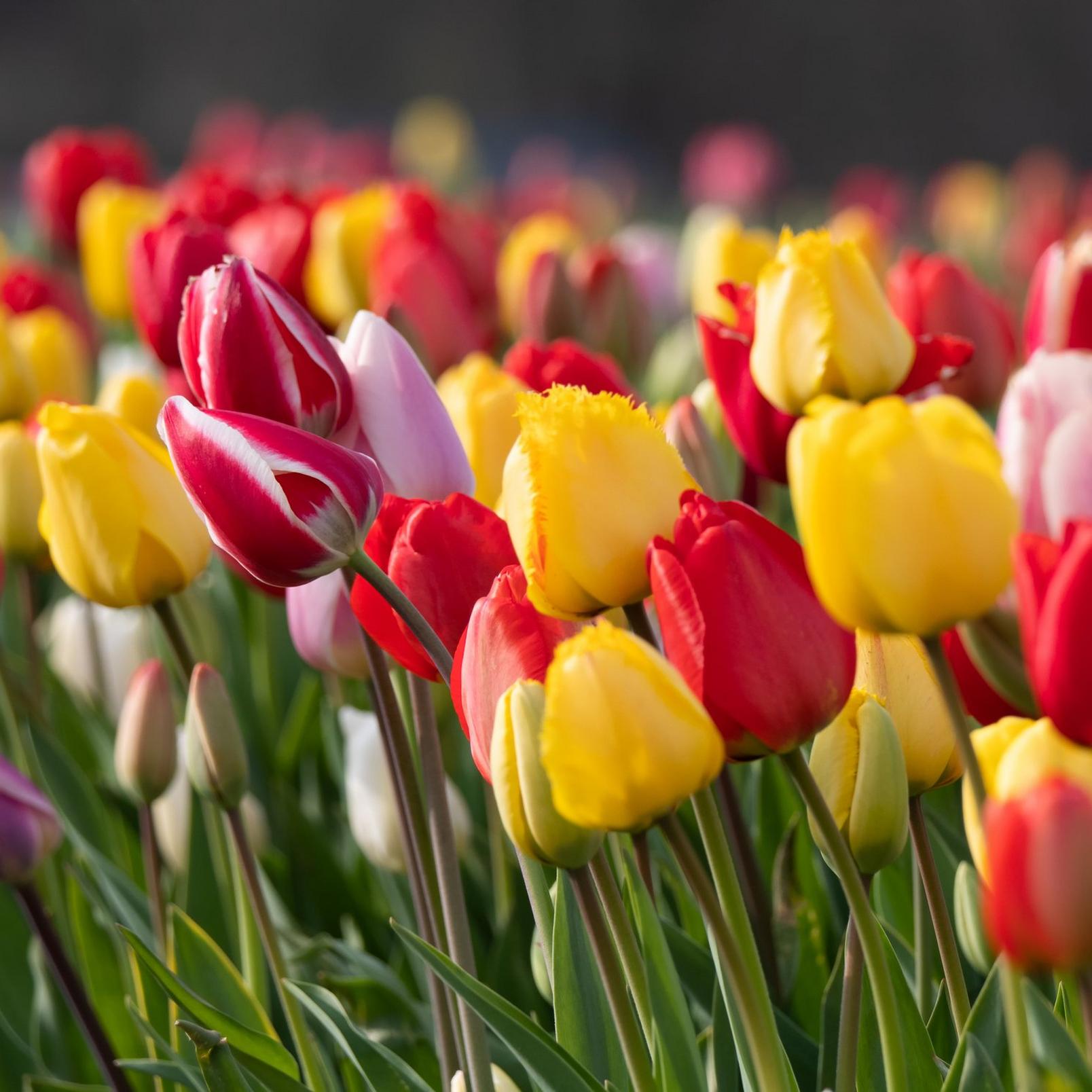
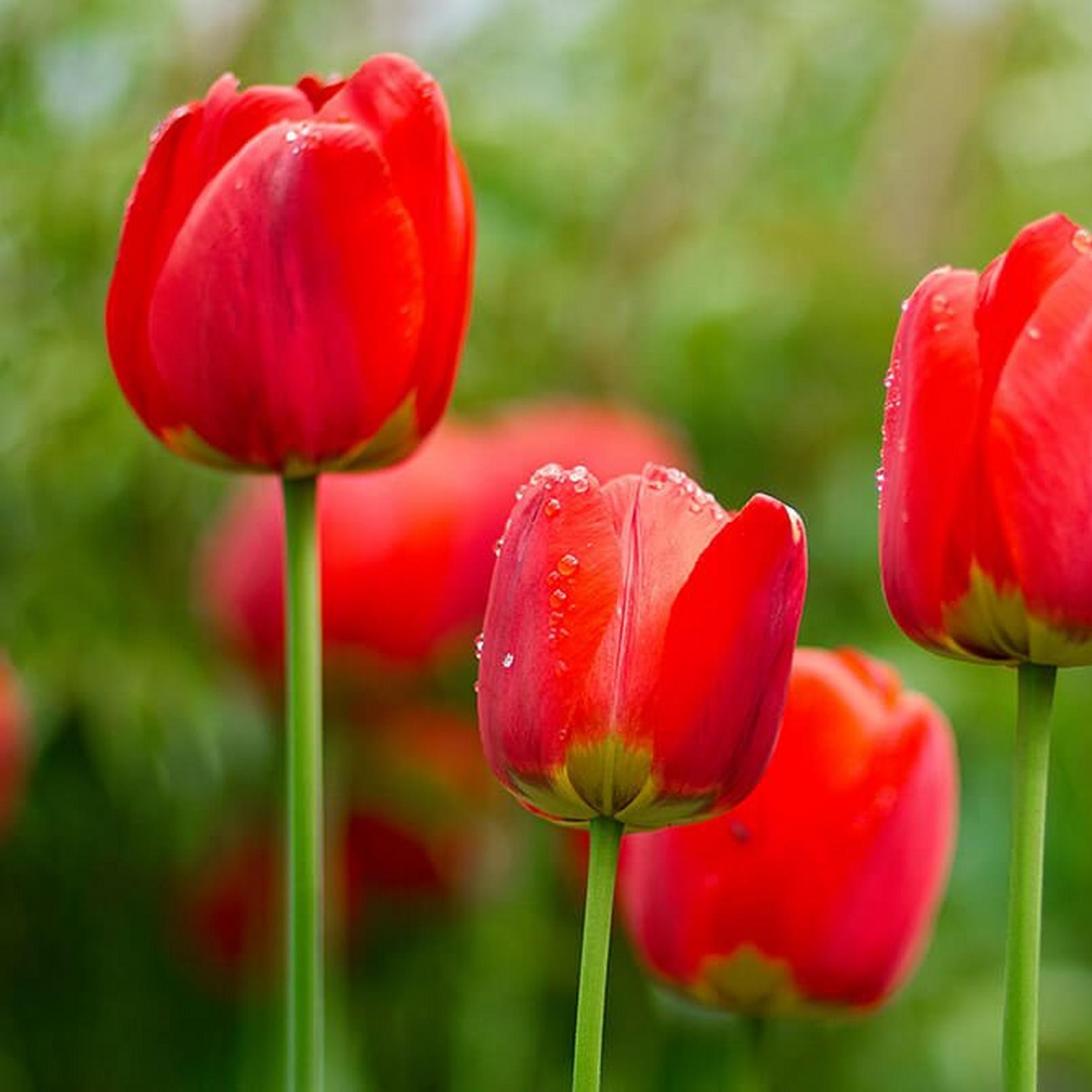
Azalea
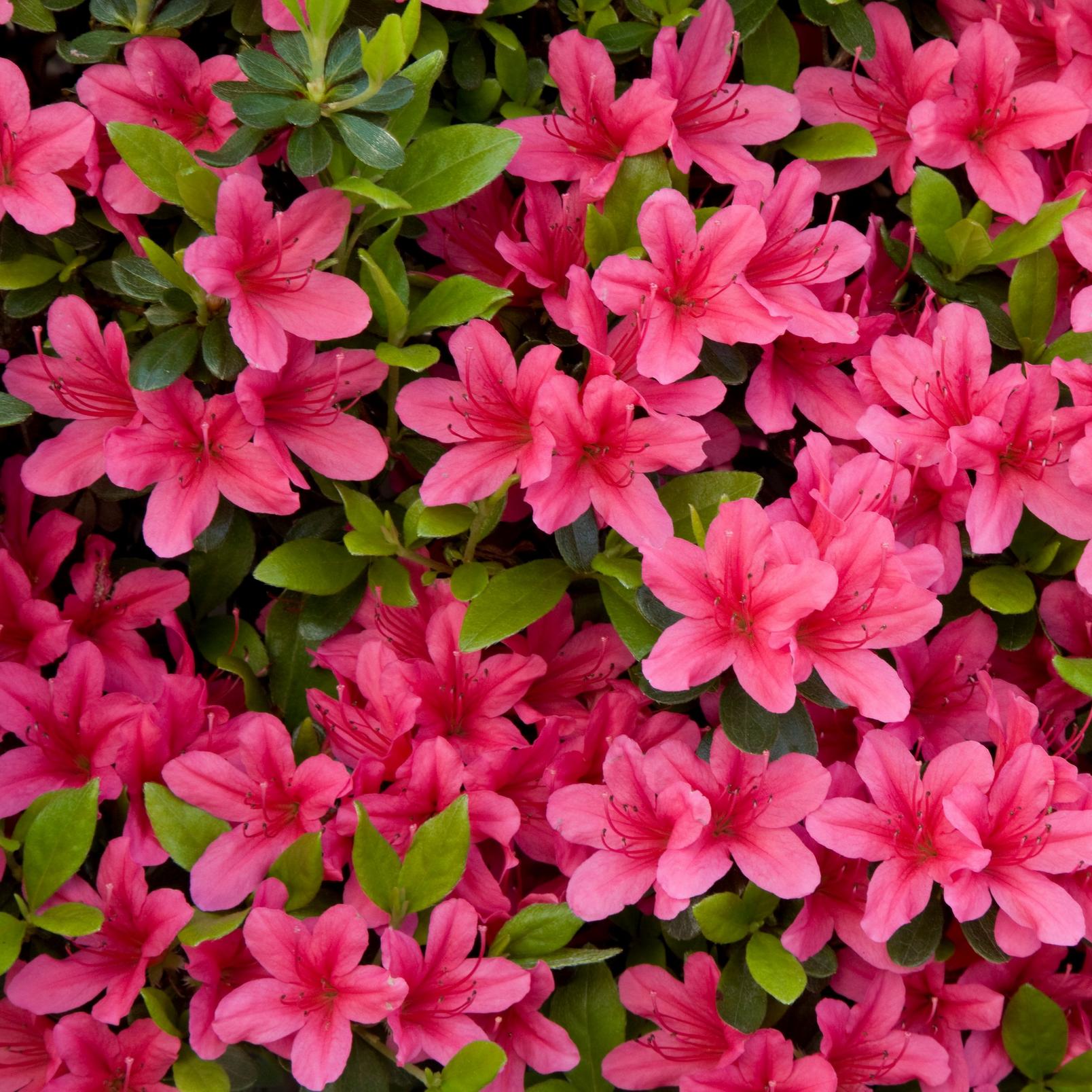
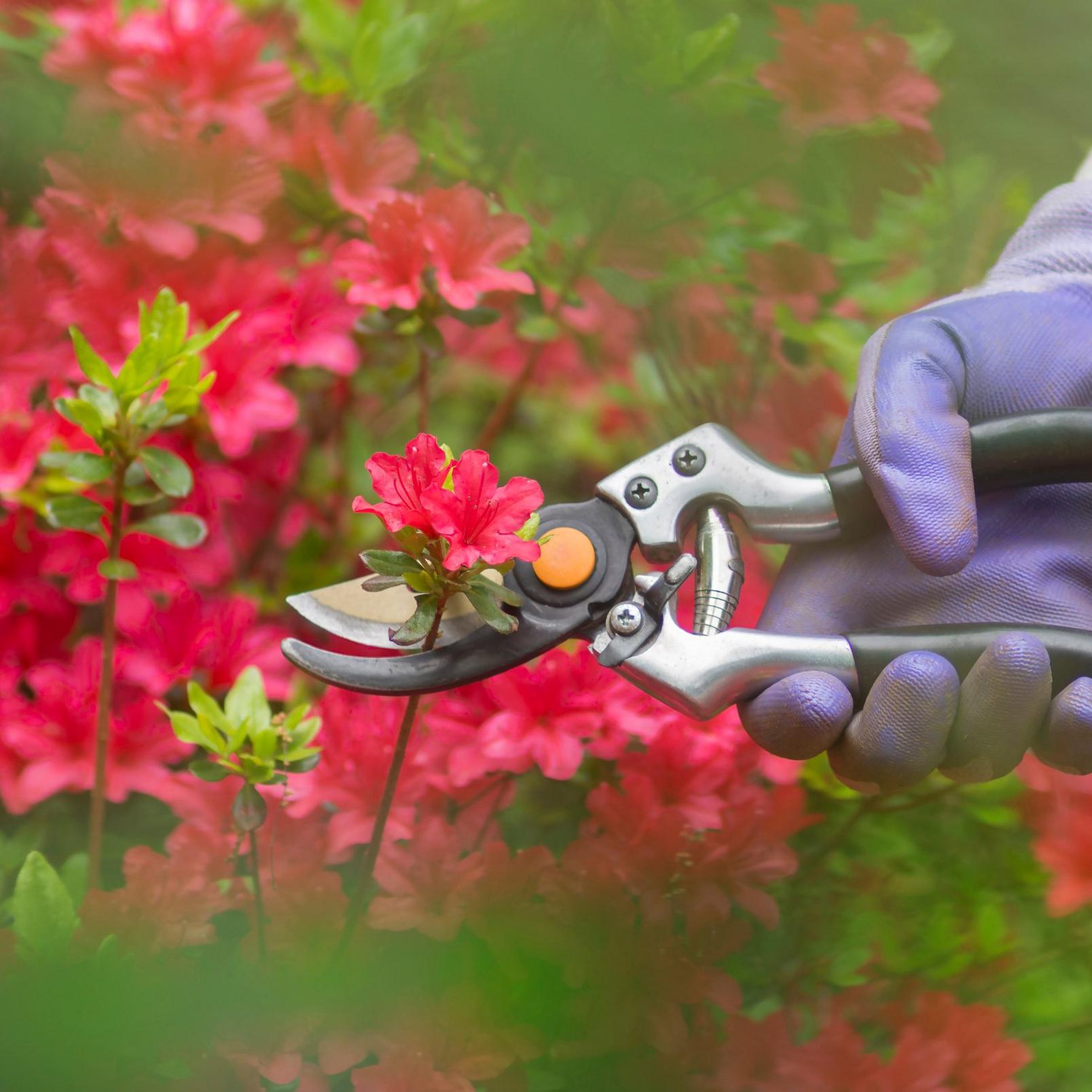
Marigold

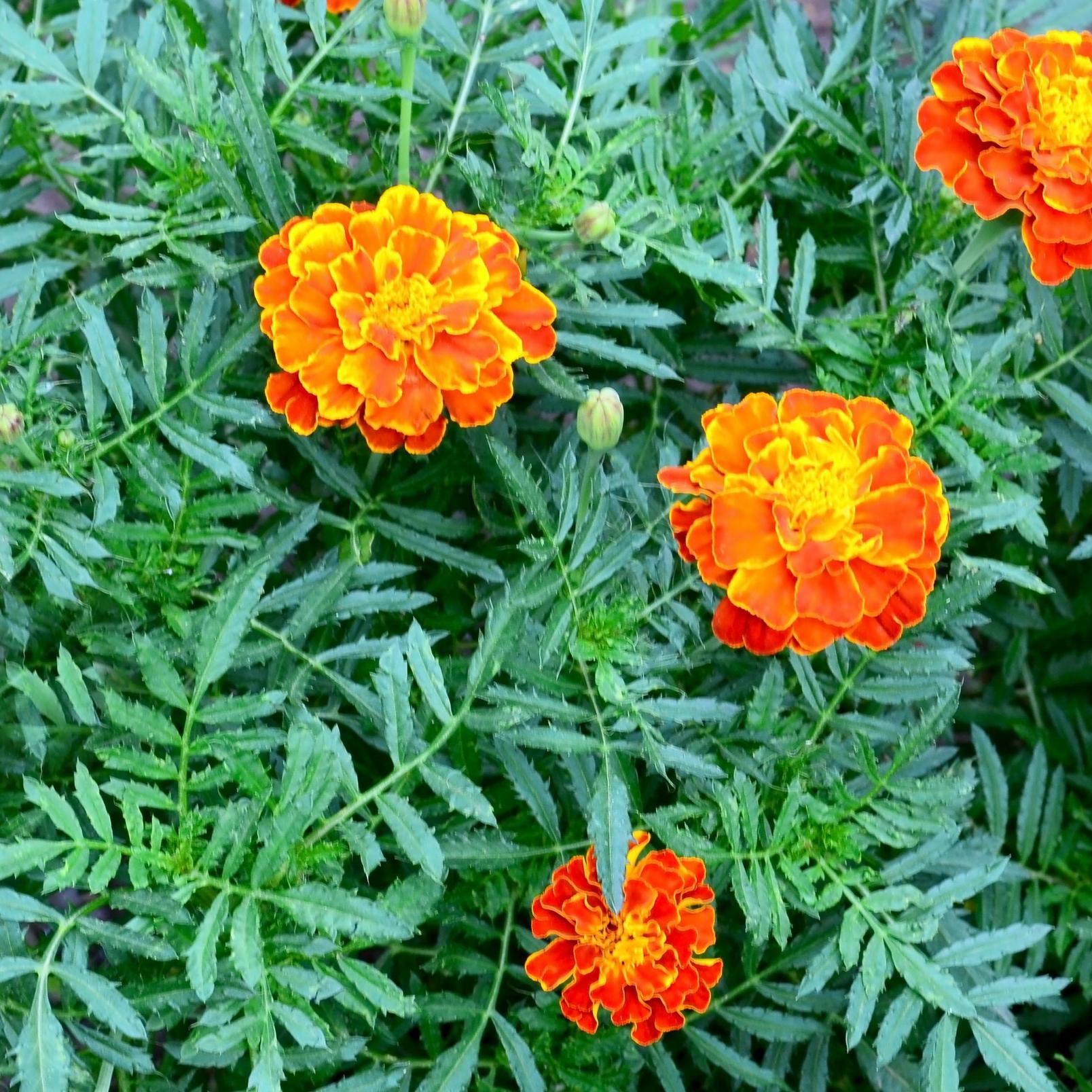
Chrysanthemum
Carnation
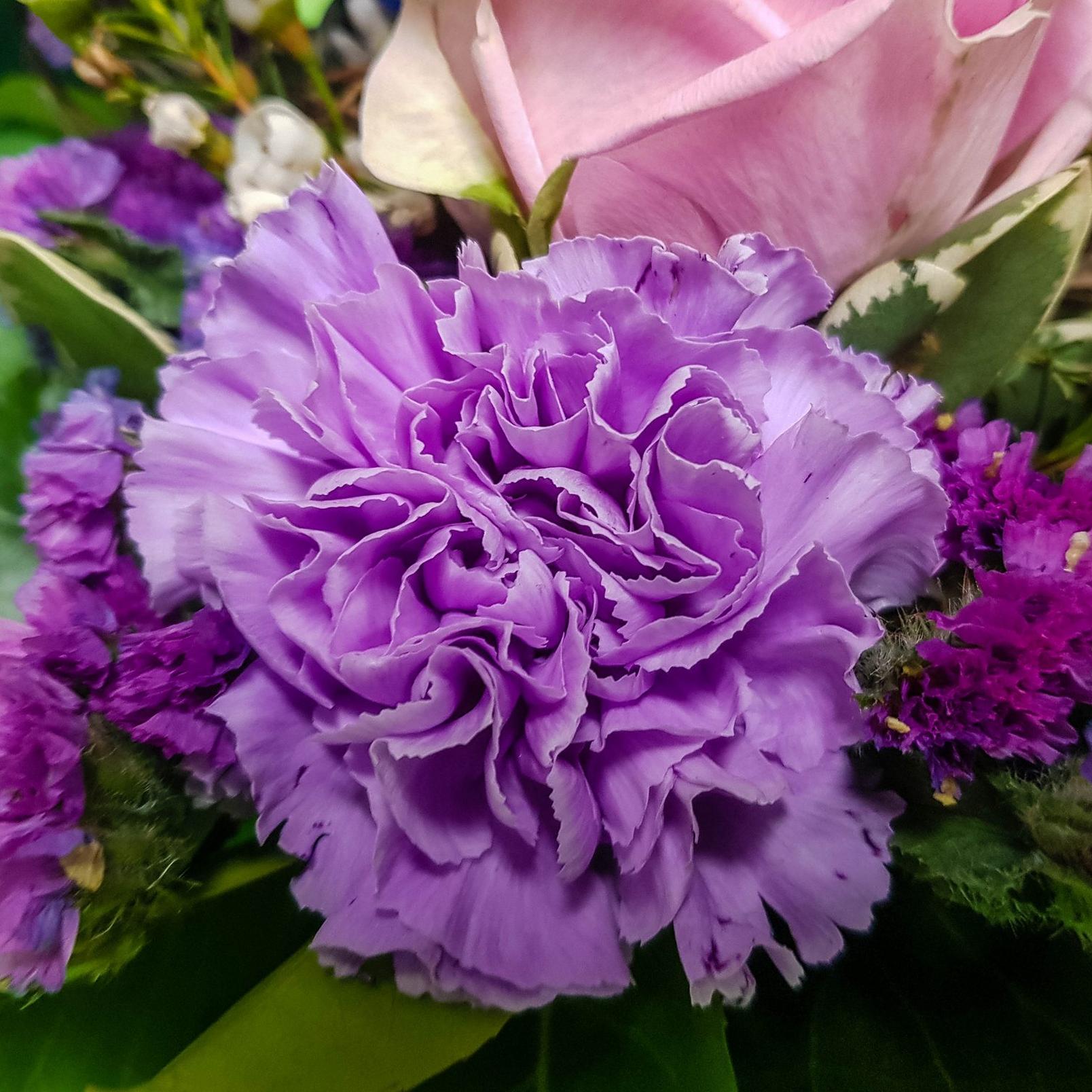

Aster
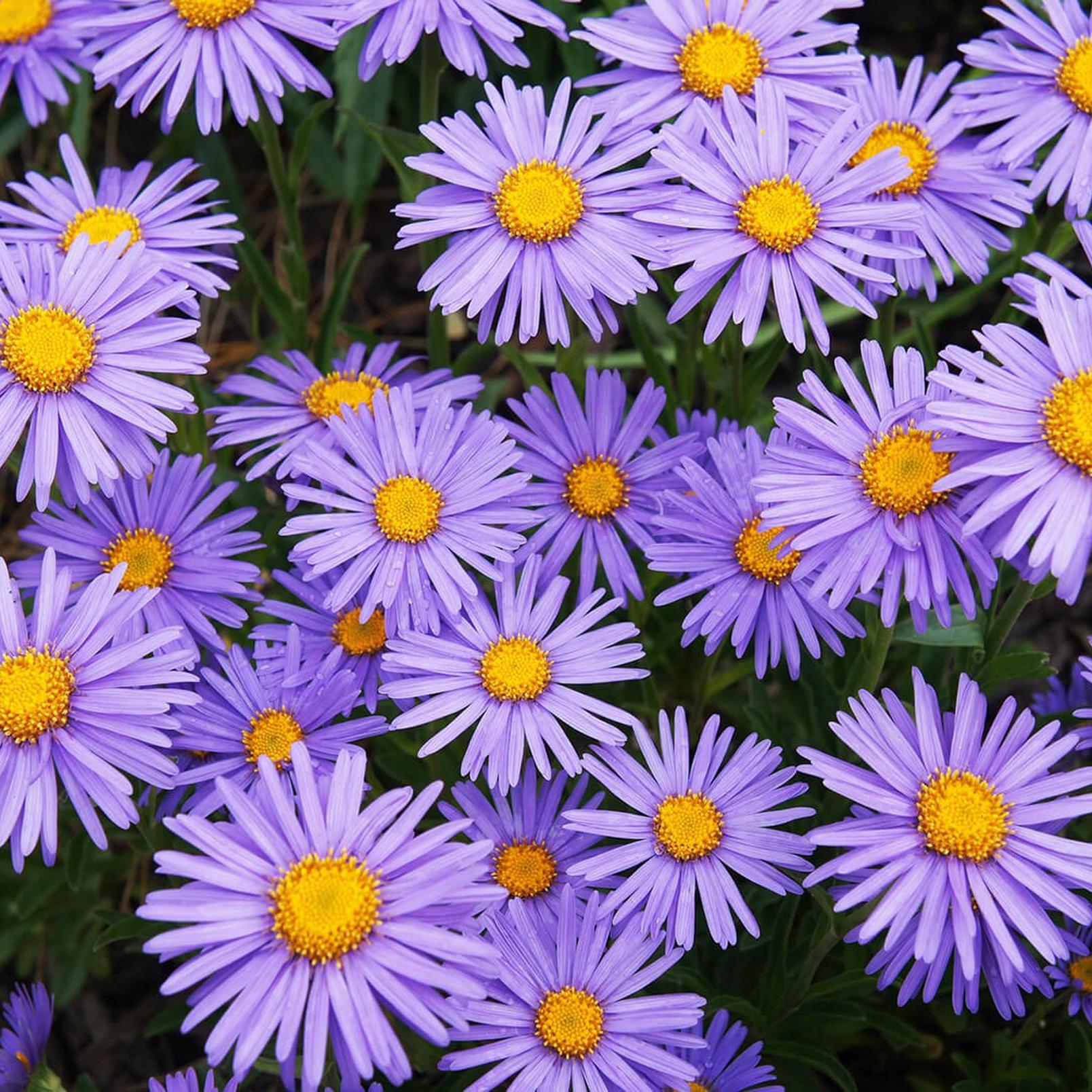

Peony
.jpg?$poi-square$&fmt=auto&qlt=default&fmt.jp2.qlt=60&bg=rgb%28255%2C+255%2C+255%29&w=1608&aspect=1%3A1)

Hyacinth
